For decades, the DSLR (digital SLR) has been the top choice for anyone who wants to take their photography to the next level. Whether you're a beginner or a pro, a DSLR offers three key ingredients: manual controls, excellent picture quality and interchangeable lenses.
Mirrorless cameras are another option of course. They're smaller, mechanically simpler and, like DSLRs, they take interchangeable lenses. If you want to know more about how they compare, read this: Mirrorless vs DSLR cameras: 10 key differences. Or, if you want to know more about different camera types in general, check out our step-by-step guide: What camera should I buy?
A DSLR is still the cheapest way to get a camera with interchangeable lenses and a viewfinder (entry-level mirrorless cameras don't have viewfinders) and, at the other end of the scale, almost all professional sports, press and wildlife photographers choose full-frame DSLRs over every other camera type.
That said, there are some mirrorless cameras out there like the Fujifilm X-T2 and Sony Alpha A7R II that are taking the place of DSLRs in pro photographer's kit bags.
In between entry-level and full-frame DSLR are a whole range of models aimed at different users, different levels of experience and different budgets. Here's our pick of the standout DSLR cameras you can buy right now:
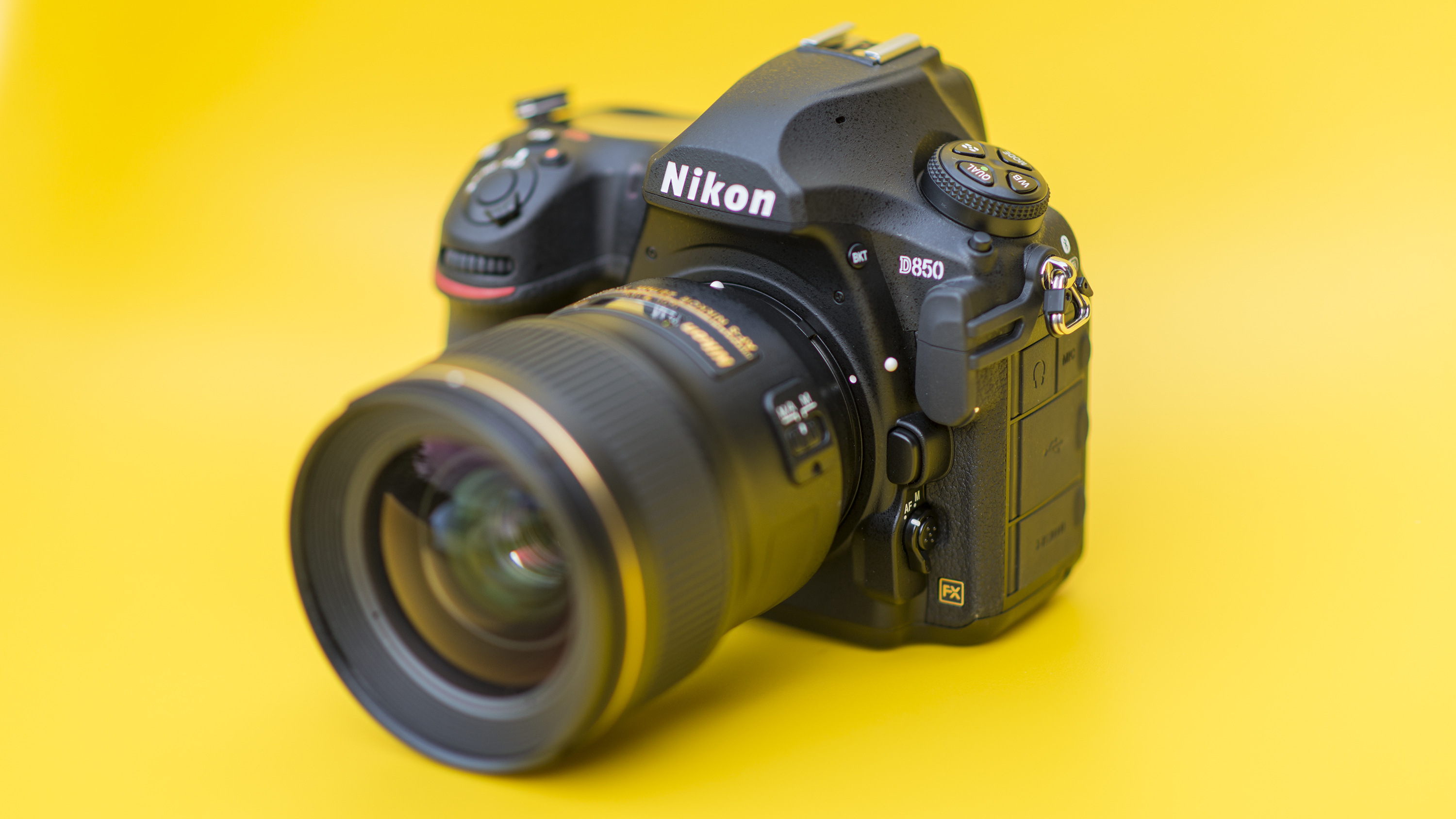
If you're looking for the ultimate DSLR right now, then the Nikon D850 is it. This full-frame monster of a camera might be pricey, but for the cash you get a stunning camera. The huge 45.4MP sensor delivers images with stunning detail and noise performance, while the sophisticated 153-point AF is borrowed from Nikon's flagship D5. Add in 7fps burst shooting and a host of advanced features, wrap it in a durable magnesium alloy body and you've got a camera that's pretty much at the top of its game for any subject you want to shoot. A brilliant piece of kit.
Read our in-depth Nikon D850 review
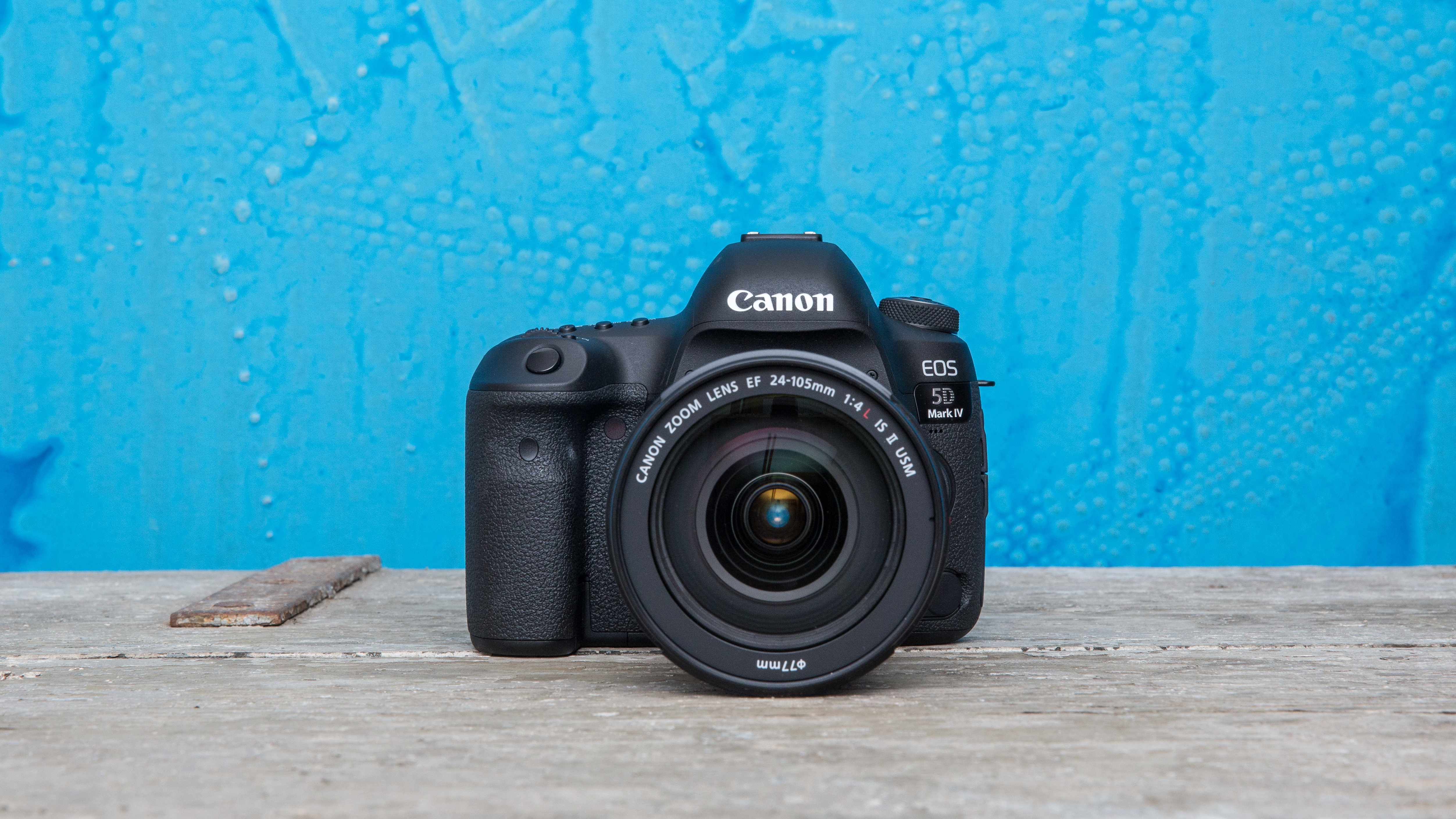
Canon's EOS 5D series of cameras has a rich heritage – the original EOS 5D bought full-frame photography to the masses, the Mark II unleashed Full HD video capture for the first time on a DSLR, and while the Mark III became a firm favourite amongst photographers. The EOS 5D Mark IV pretty much tweaks and improves on everything before it, with a new 30.4MP sensor and advanced 61-point AF system. A brilliant DSLR that was until recently our top pick, but the arrival of the D850 means it slips a place.
Read our in-depth Canon EOS 5D Mark IV review
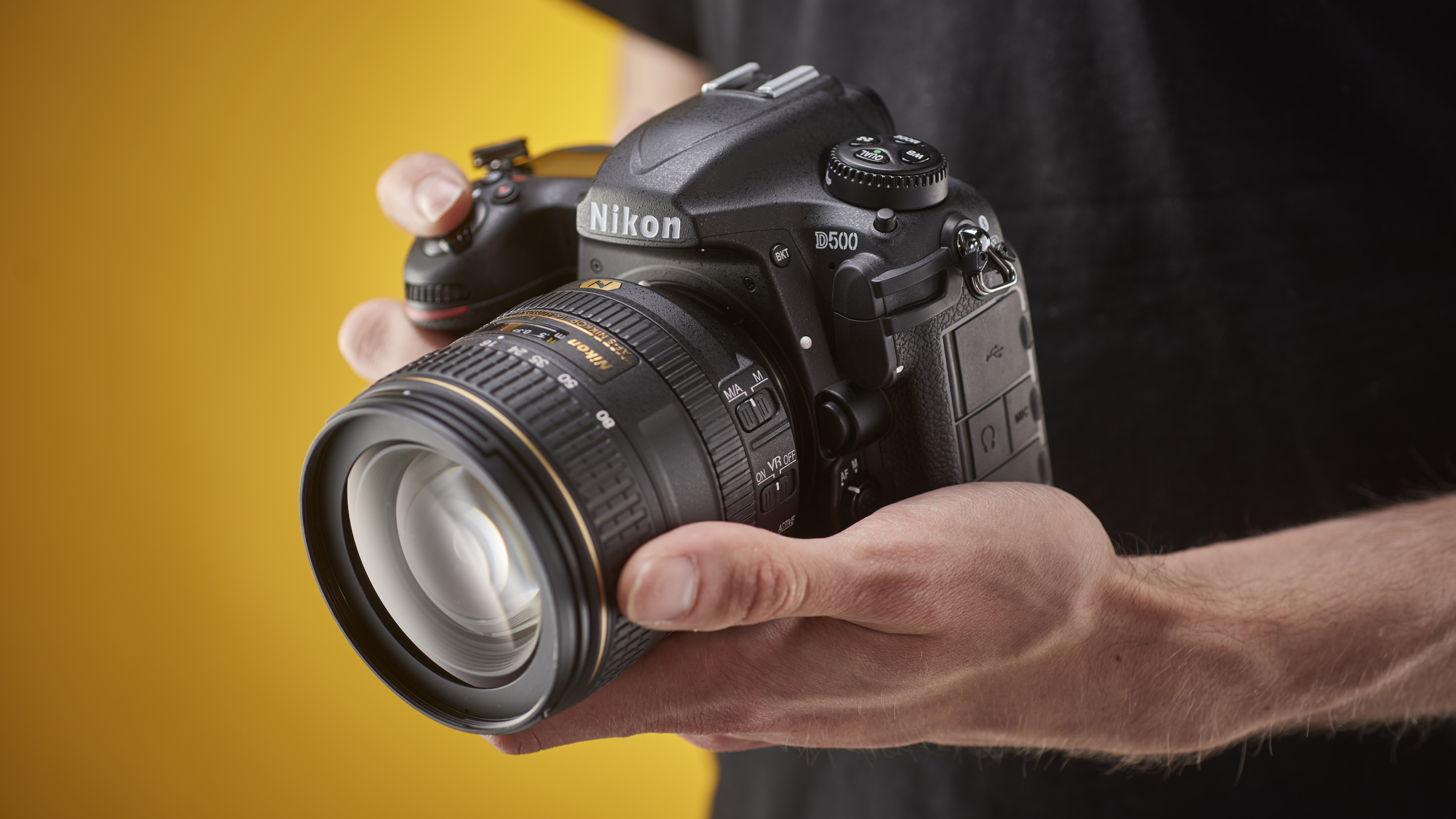
Nikon has taken its flagship D5 DSLR and most of its high-end features and distilled all of this into a smaller, but still very durable metal body. The full-frame sensor is replaced by an 20.9MP APS-C sized chip that allows the D500 to shoot at a rapid 10fps and deliver a great high ISO performance. A brilliant all-rounder with a brilliant 153-point AF system means it excels at fast action like sports and wildlife photography, but still has the chops to shoot landscapes and portraits. If the cost is a bit steep, then take a look at the D7500. It sits below the D500 and inherits many of its tech, including the 20.9MP sensor.
Read our in-depth Nikon D500 review

Cheaper than the D500 and while it doesn't offer quite the same pro-spec performance, the Nikon D7500 packs in the same excellent 20.9MP sensor, but in an even more compact and affordable body. The new camera may not get the 153-point AF system from the D500, but the enhanced 51-point system in the D7500 still puts a lot of rival systems in the shade, while the 4K video capture, tilt-angle touchscreen display and 8fps burst shooting are some of the highlights. The D7500 is bound to be a tempting prospect for both new and existing users. Alternatively, take a look at the 24.2MP D7200 – it may have been surpassed by the D7500, but it's still one of the best enthusiast DSLRs out there.
Read our in-depth Nikon D7500 review
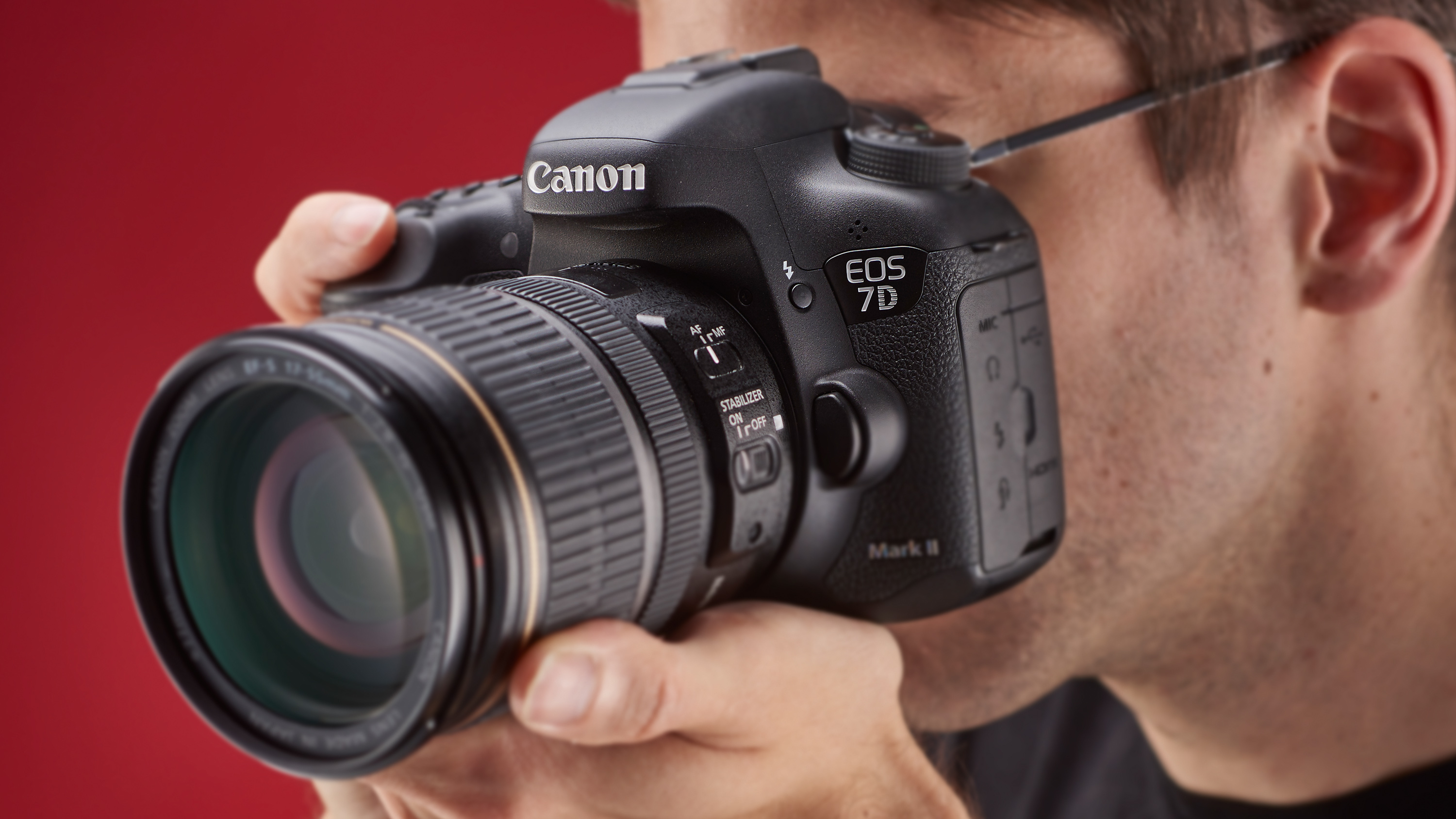
Just like D500 above, the EOS 7D Mark II borrows much from its big brother, the EOS-1D X (that's now been replaced by the EOS-1D X Mark II), bringing 10fps shooting and a professional autofocus system to the amateur market. Now you can shoot action and sports like the pros, but at a price within the reach of enthusiasts. The EOS 7D Mark II isn't just a high-speed specialists, it's a terrific all-round camera. It's tough, with an alloy body and weather-sealed controls, it has a great sensor with an advanced dual-pixel hybrid autofocus system, and it's a powerful video camera too.
Read our in-depth Canon EOS 7D Mark II review
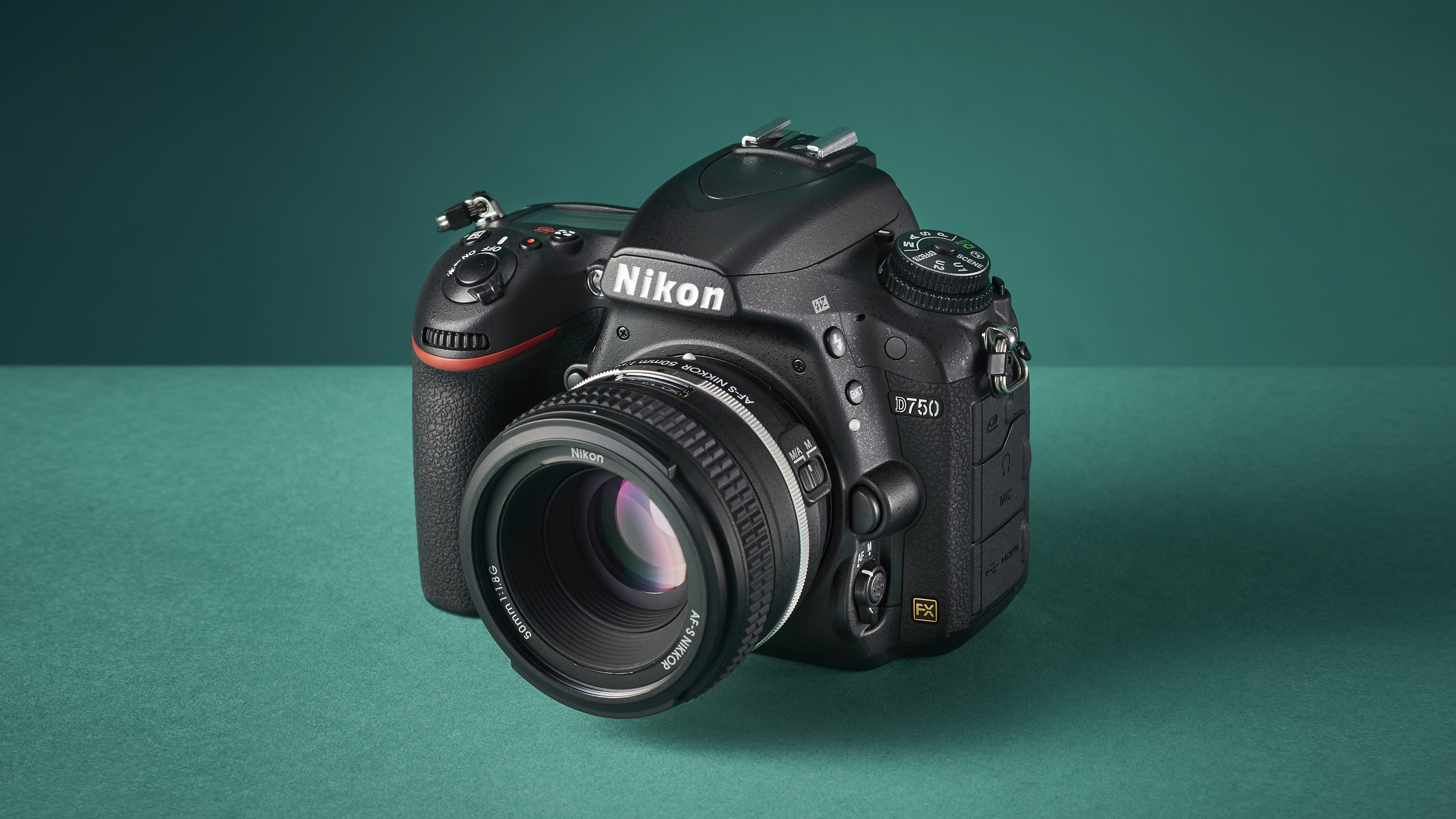
Like the looks of Nikon's D810 further up the top, but don't want to shell out quite that much, then look no further than the 24MP full-frame D750. It doesn't have that magnificent 36-megapixel sensor that the D810 does, but its 24-megapixel alternative still delivers top quality results, especially at high ISO settings. The D750 is also a bit more versatile than the D810, with a faster 6.5fps continuous shooting speed, a handy tilting screen and a lower price – and you still get the enhanced autofocus system and Picture Control 2.0 options of the D810.
Read our in-depth Nikon D750 review
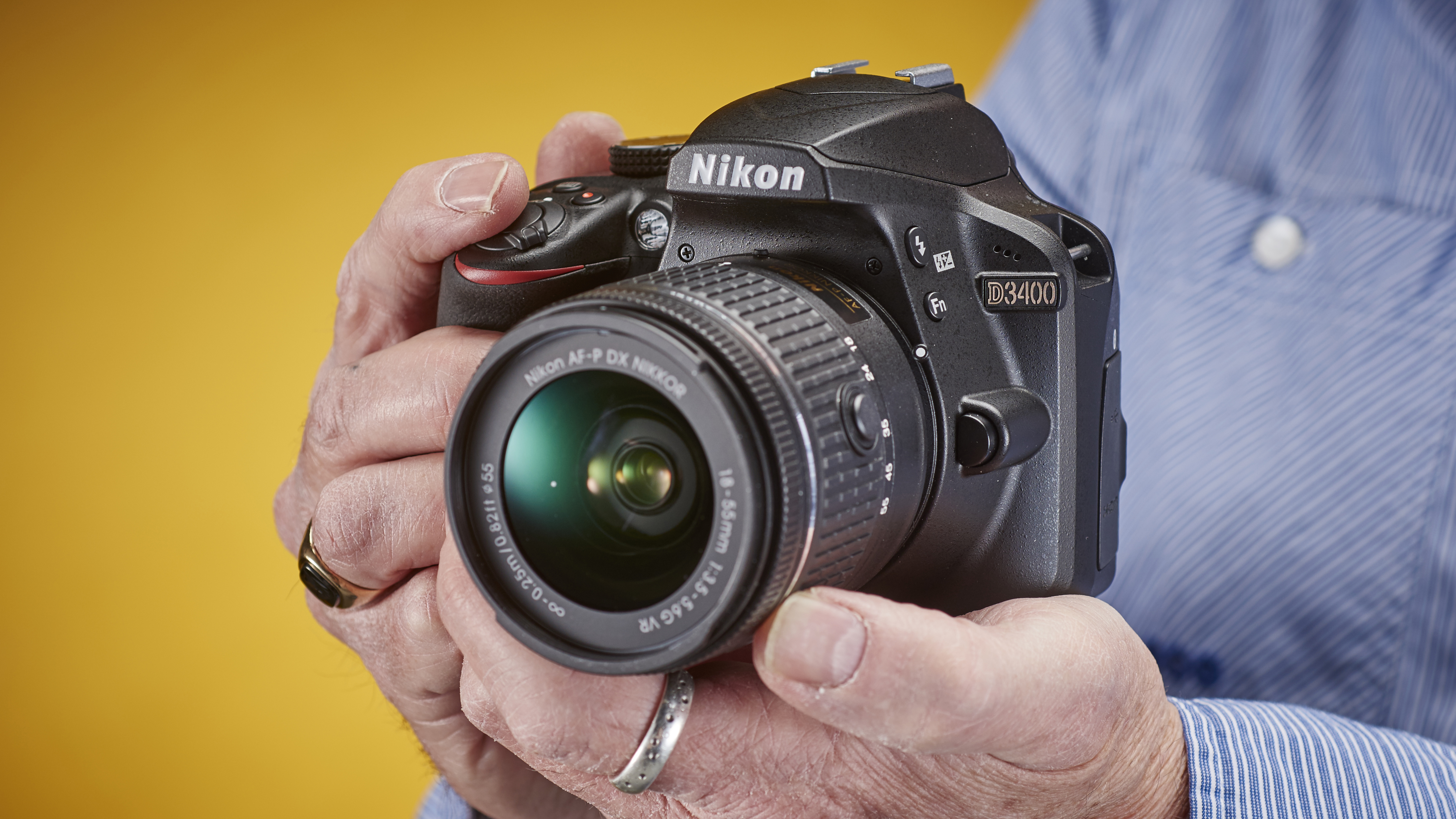
At the opposite end of the spectrum to some of the full-frame DSLRs here, the D3400 is cheap as chips, has one of the sharpest APS-C sensors there is and a neat retracting kit lens. It's proof that you don't have to pay a fortune to get a great camera, and we say its sheer value for money makes it just as impressive as much more advanced (and much more expensive) alternatives. It has a great 24MP sensor and although the controls are designed to be simple for novices, in the right hands the little D3400 is a match for cameras costing far more. A great DSLR for the first-time user.
Read our in-depth Nikon D3400 review
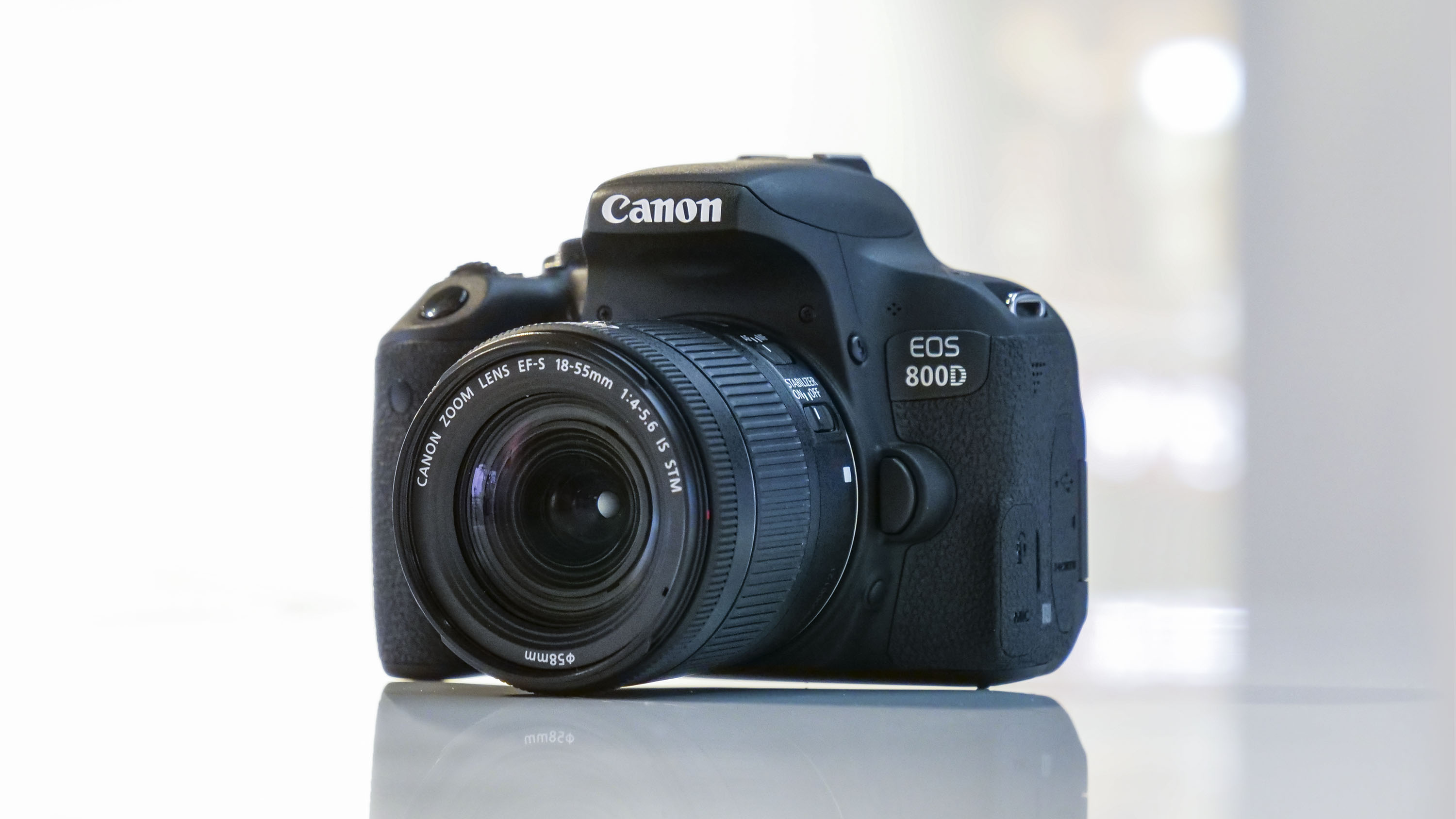
Costing a bit more than the Nikon D3400, but offering quite a bit more in the way of features, the Canon EOS 800D is a great entry-level DSLR. The new sensor impresses, as does the 45-point autofocus system backed up by excellent live view AF, while the newly designed graphical interface will certainly make this camera even more appealing to new users. The absence of 4K video and the quality of the exterior materials disappoint, but this aside, if you're looking for a well-rounded and easy to use camera for your first DSLR the EOS 800D is certainly a very good bet.
Read our in-depth EOS 800D review
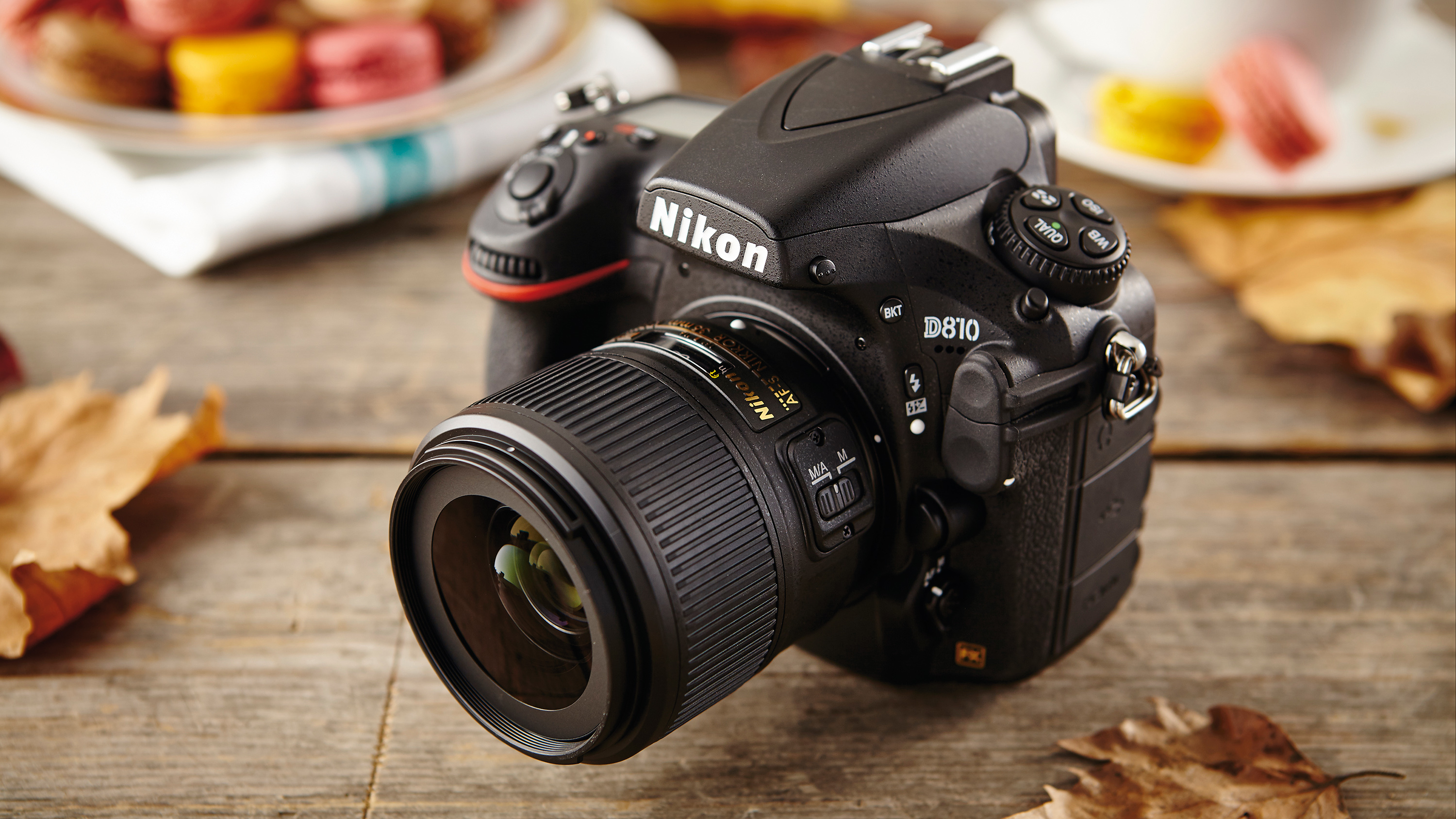
Now overshadowed by the D850, the D810 is still a great buy. It's built like a tank, it handles beautifully and it doesn't cost the earth – well, when compared to competition that is. While the 36.3MP resolution has been eclipsed by the Canon EOS 5DS and Sony Alpha A7R II, it still delivers stunning results with huge amounts of detail. If you're into sports, action and wildlife photography, the modest 5fps burst shooting might be a bit restrictive, but otherwise, the D810 is still a great DSLR that's now better value than ever.
Read our in-depth Nikon D810 review
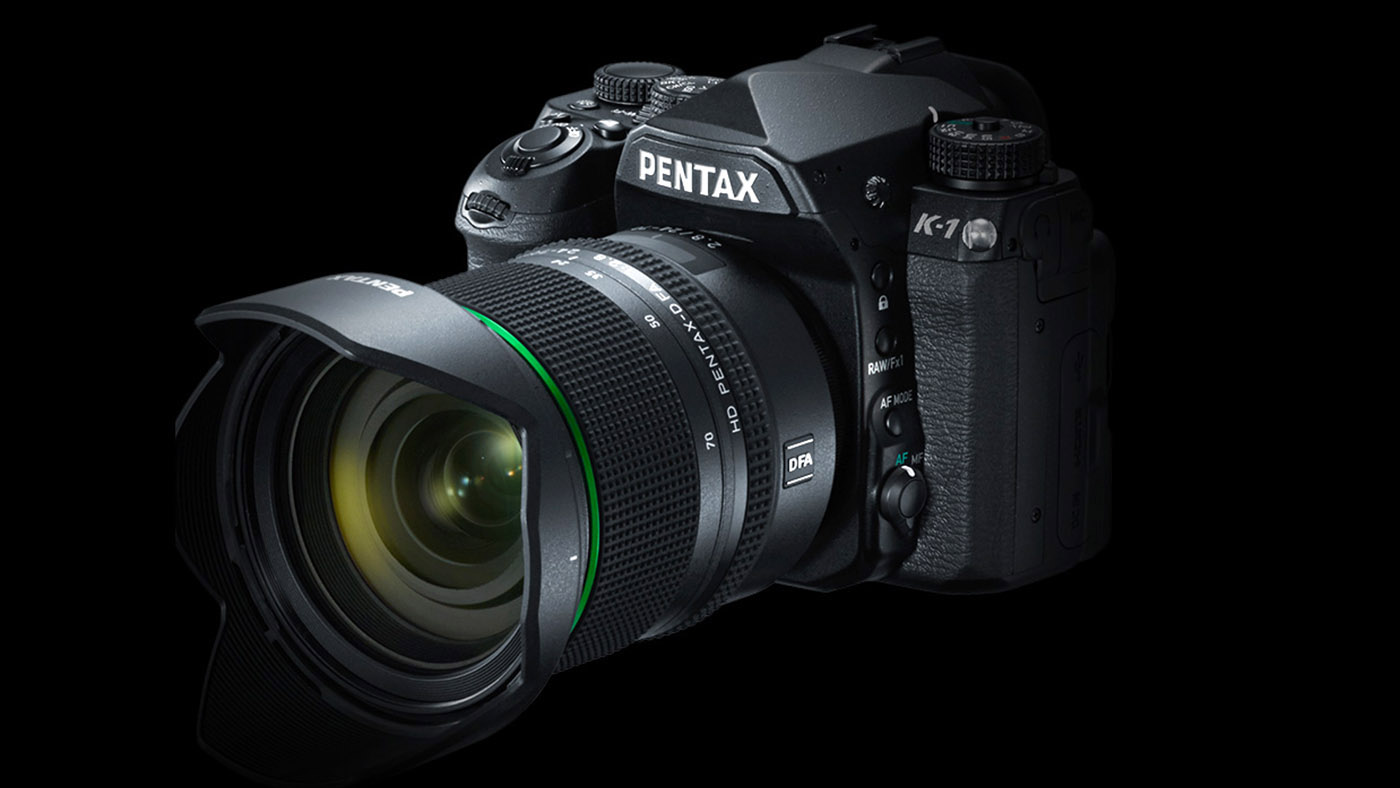
The K-1 offers a rugged build and a full-frame sensor at a relatively affordable price. It's not cheap, but it compares favourably with the likes of the Nikon D810, Canon EOS 5D Mark III and Sony Alpha 7R II. Pentax's Pixel Shift Technology is clever, and it's great that the company has managed to produce a mode that can be used when the camera is handheld, although the impact is subtle. Less of an all-rounder than the 5D Mk III, the K-1 makes an excellent camera for landscape, still life and portrait photography, or any genre that doesn't require fast autofocus and which benefits from a high pixel count for detail resolution.
Read our in-depth Pentax K-1 review